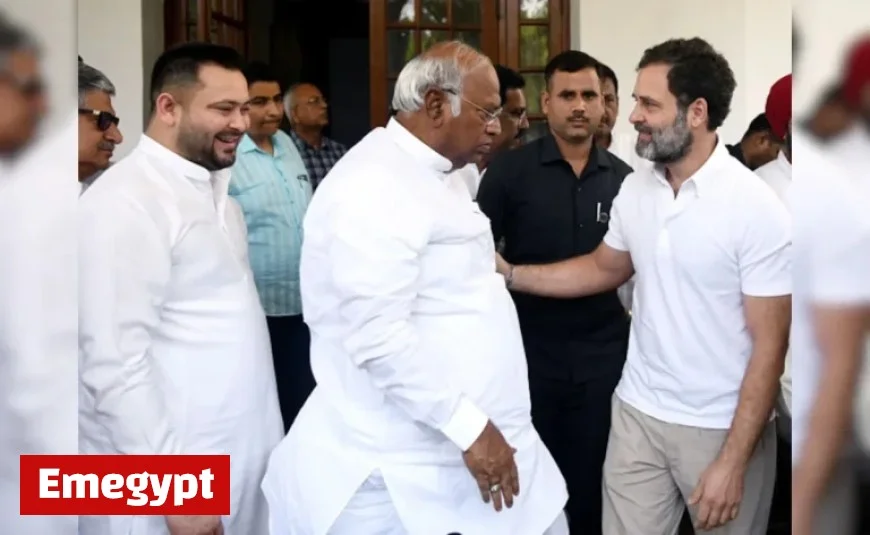How Haryana’s Influence Shaped the Bihar Election: A Deep Dive Into Political Strategies

The recent Bihar elections have underscored the significant influence of Haryana on political strategies across the nation. The National Democratic Alliance (NDA), led by the Bharatiya Janata Party (BJP), achieved a monumental victory over the Rashtriya Janata Dal (RJD) and Congress alliance, despite expectations of a close race. This outcome has left many political analysts and opposition leaders in disbelief.
Bihar Election Results: A Stark Reversal for the Opposition
In the lead-up to the elections, the RJD-Congress alliance appeared better prepared than ever. Rahul Gandhi’s “Vote Adhikar Yatra” and Tejashwi Yadav’s outreach campaigns aimed to energize voters. However, their efforts fell flat against the incumbency of Nitish Kumar and the NDA’s proven strategies.
Voter Sentiment and Strategy
- Many voters recalled past governance issues associated with RJD.
- Prime Minister Modi’s messaging effectively swayed public opinion against Tejashwi as Chief Minister.
- Haryana’s unexpected results in previous elections hinted at shifting voter demographics and expectations.
The RJD’s reluctance to actively promote Tejashwi Yadav as the alliance’s face may have contributed to voter skepticism. The perception of infighting among the main parties likely unsettled the electorate.
The Role of Cash Transfer Schemes
Cash transfer initiatives significantly impacted voter behavior. In Madhya Pradesh, the “Ladli Behna Yojana,” which provided immediate financial support to women, exemplified this strategy. The NDA’s implementation of these successful schemes in Bihar proved decisive. Among the most impactful was the announcement of a ₹10,000 cash transfer shortly before the election, coupled with other incentives such as free electricity and pension increases.
Counter Strategies from the Opposition
The opposition attempted to counter these moves with the promise of a ₹30,000 payout if elected. However, many voters preferred the immediate relief offered by the NDA’s policies. This dynamic reflected a growing trust in incumbent governance over unfulfilled promises.
Caste Dynamics and Political Alliances
Strategically, the NDA’s alliance with smaller parties, such as the Lok Janshakti Party (LJP) and the Rashtriya Lok Manch (RLM), proved advantageous. These parties contributed nearly 7% of the votes during previous elections and bolstered the NDA’s position significantly. Meanwhile, the opposition struggled to consolidate its base amidst a fragmented voter sentiment.
Implications for the Future
The outcome of the Bihar elections signifies a critical juncture for opposition parties. The NDA’s success has not only reinforced its dominance in Bihar but has also hinted at challenges ahead for the Congress and RJD in future political landscapes. The failure to capitalize on expected anti-incumbency suggests a need for introspection within the opposition ranks.
As political strategists analyze the recent results, it is clear that Bihar’s influence, heavily shaped by trends originating in Haryana, will set the tone for future electoral battles. The opposition must rethink its strategies to remain relevant and competitive.





























